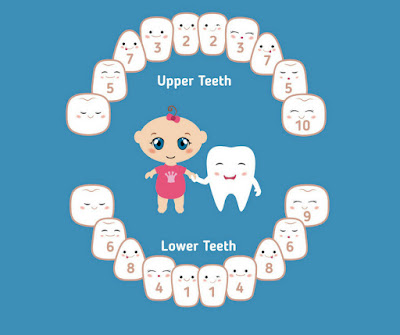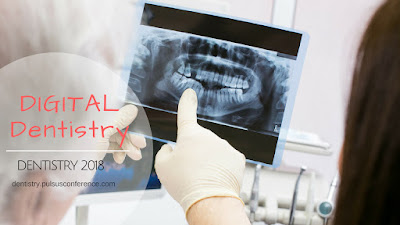TEETHING
Baby teeth will start showing up in a child’s mouth starting around the age of six months and continuing until he or she is about six years old. The baby teeth play an important role in helping a child learn to chew and speak, and they also serve as placeholders, saving the spot for the permanent teeth that will eventually erupt. Here are several differences between the deciduous and the permanent teeth.
The enamel of the deciduous teeth is thinner than the enamel on permanent teeth ,the primary teeth usually look a lot whiter than the permanent teeth.The shape of the teeth is also a tad different. When the front permanent teeth erupt, they usually have a ,number of small bumps on the top, known as mamelons There are 20 primary teeth and 32 permanent teeth, including four wisdom teeth. Part of the reason for the difference in number is that a child’s mouth is much smaller than an adult’s.
Since the primary teeth are designed to fall out, there’s often the misconception they don’t need care or protection. It’s just as important, however, to provide tender, love and care for the primary teeth as you would care for the replacement teeth. If the teeth are lost or pulled out early, they can’t act as space-savers and may not leave enough room for the permanent teeth. A child might also have trouble with the alignment of his teeth.
As early as baby teeth begin to emerge, tooth decay can begin. Children have to take a good oral practice ,and should take care of their precious tooth
Know and Discuss more about Pediatric Dentistr: https://dentistry.pulsusconference.com/



Comments
Post a Comment